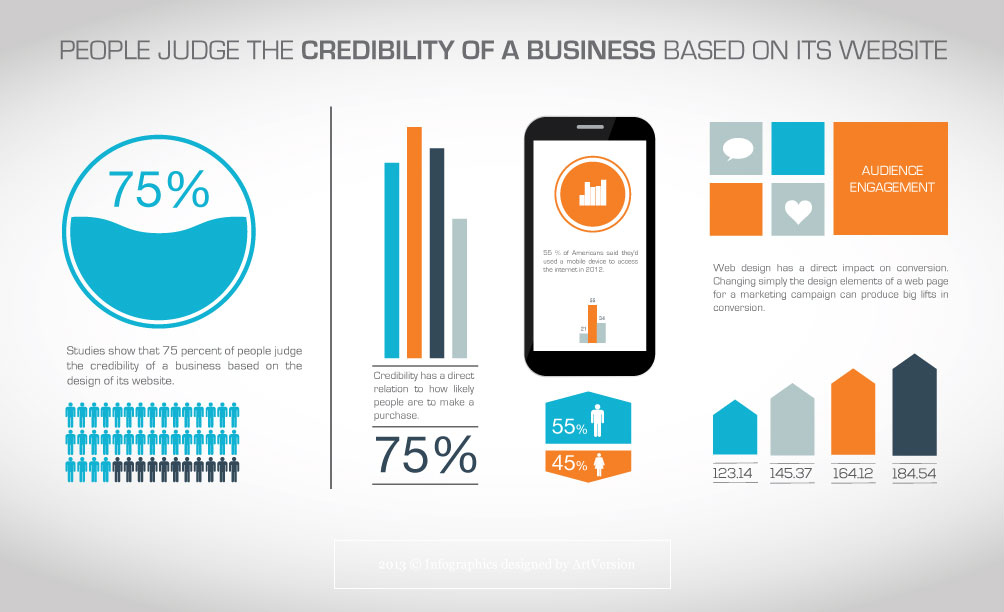In the past, sites were basic and concentrated on details. Navigation was direct, and layout was for desktops. Currently, user experience is essential. Data overviews styles for easy navigating. Receptive layouts fit different tools. Today, dark setting reduces stress, and minimalist menus boost navigation. Interactive attributes involve individuals, and bold visuals stick out. AI integration boosts interaction. See exactly how style has actually advanced to boost your on-line journey.
Very Early Days of Website Design
In the very early days of website design, simpleness preponderated. Websites were fundamental, with minimal shades, font styles, and designs. The emphasis was on supplying details rather than fancy visuals. Customers accessed the web via sluggish dial-up links, so rate and performance were essential.
Navigating menus were straightforward, normally located at the top or side of the page. Websites were designed for computer, as mobile surfing wasn't yet common. https://www.google.com/maps/place/Moon+and+Owl+Marketing/@32.9757271,-106.5344695,1840583m/data=!3m1!1e3!4m6!3m5!1s0x864ddeaa4179705b:0x488d41d2cc6b9750!8m2!3d32.9757271!4d-97.5696258!16s%2Fg%2F11b6mpccrg?entry=ttu&g_ep=EgoyMDI1MDIxMS4wIKXMDSoJLDEwMjExNDUzSAFQAw%3D%3D was king, and developers focused on simple readability over complex design elements.
HTML was the main coding language utilized, and developers had to work within its restraints. Animations and interactive features were minimal contrasted to today's criteria. Web sites were static, with little dynamic web content or customized user experiences.
Surge of User-Focused Design
With the development of website layout, a shift in the direction of user-focused style principles has become increasingly noticeable. Today, producing websites that prioritize user experience is essential for involving visitors and accomplishing business goals. User-focused style entails recognizing the requirements, preferences, and behaviors of your target market to customize the website's layout, content, and features accordingly.
Designers currently conduct complete research study, such as individual surveys and usability screening, to collect understandings and comments directly from individuals. This data-driven method aids in creating user-friendly navigating, clear calls-to-action, and aesthetically appealing user interfaces that reverberate with site visitors. By positioning the user at the center of the layout process, internet sites can deliver a more individualized and enjoyable experience.
Responsive layout has actually likewise emerged as a vital aspect of user-focused design, making certain that web sites are enhanced for numerous devices and screen dimensions. This versatility boosts availability and use, accommodating the diverse means individuals connect with websites today. In essence, the increase of user-focused design signifies a change towards producing digital experiences that focus on the demands and expectations of completion customer.
Modern Trends in Web Design
Check out the most recent fads forming web design today. One famous trend is dark mode design, using a sleek and modern-day look while lowering eye strain in low-light settings. Another key pattern is minimalist navigating, streamlining food selections and improving customer experience by concentrating on essential elements. Including micro-interactions, such as animated buttons or scrolling effects, can develop a more engaging and interactive web site. Responsive style stays important, making sure smooth customer experiences throughout different tools. In addition, utilizing bold typography and asymmetrical formats can add aesthetic interest and draw attention to certain material.
Incorporating SEO Services For Doctors , like chatbots for consumer support or personalized recommendations, boosts customer engagement and enhances procedures. Accessibility has likewise become a significant pattern, with developers prioritizing comprehensive layout methods to cater to varied user demands. Accepting sustainability by enhancing internet site efficiency for rate and efficiency is another emerging trend in website design. Working together with customer responses and information analytics to iterate and boost layout constantly is necessary for staying appropriate in the ever-evolving electronic landscape. By accepting these modern-day fads, you can develop a visually attractive, straightforward web site that resonates with your audience.
Conclusion
As you assess the advancement of web site design from the very early days to currently, you can see how user-focused design has ended up being the driving pressure behind contemporary patterns.
Welcome the journey of modification and adjustment in web design, always maintaining the customer experience at the forefront.
Remain current with the most up to date trends and modern technologies, and never stop evolving your method to create visually sensational and user-friendly internet sites.
Progress, adjust, and produce - the future of website design is in your hands.
